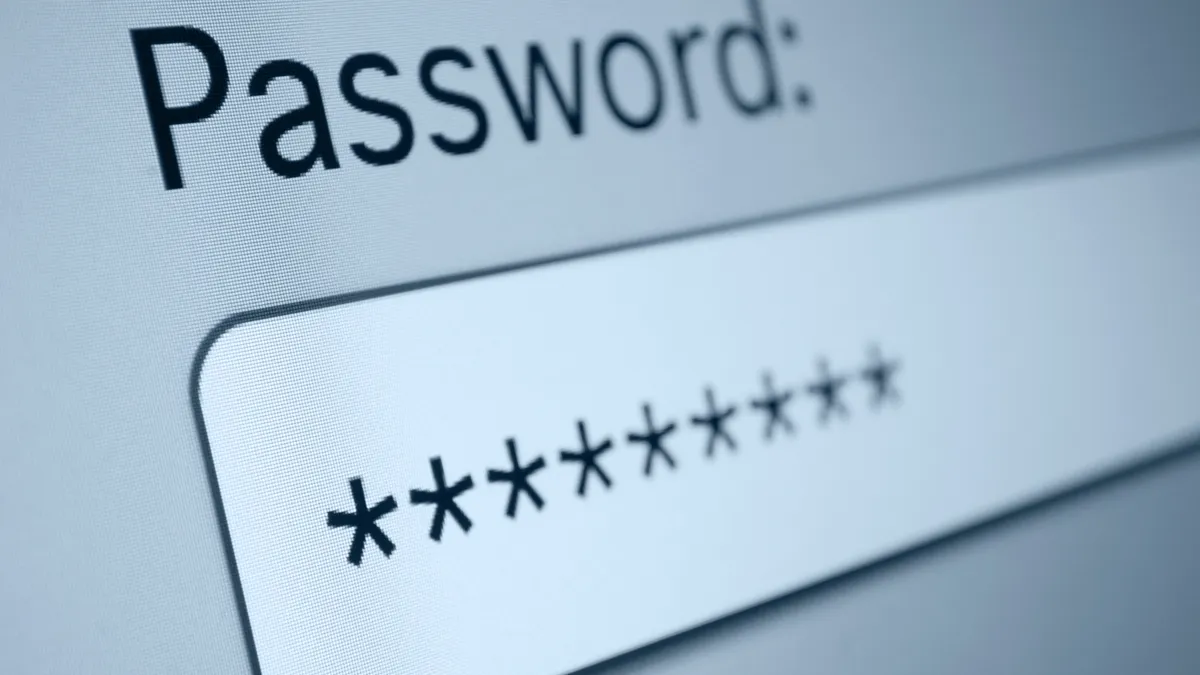Dive Brief:
- The Consortium for School Networking (CoSN) is urging the Federal Communications Commission to expand the eligible uses of E-rate funds to include network security, Edscoop reports. E-rate is a federal subsidy program that helps schools connect students to the internet.
- CoSN also recommends E-rate funding be increased from $150 to $250 per student. Education cybersecurity advocates say the need for cybersecurity has transformed over the last few years and schools need help warding off hacking attempts.
- CoSN’s Fall 2019 K-12 Cybersecurity Cost Report finds schools are increasingly at risk of cyber attacks and data breaches, but schools are struggling to come up with funds to protect themselves.
Dive Insight:
The CoSN report points out that though the E-rate program was designed to help defray the costs schools incur connecting students to the internet, the internet is now an essential communication tool for schools, businesses and homes. Meanwhile, the number of hackers, identity thieves and criminal organizations seeking to steal data and disrupt networks have dramatically increased.
The study refers to a USA Today report, which found that in April, May and June of 2018, 765 million people were affected by data breaches and cyberattacks. Though schools are some of the top targets of cybersecurity breach attempts, education facilities often lack funds to improve network security and protect their systems. Staffing challenges are another problem schools face. Advanced cybersecurity tools, which could be purchased with E-rate funds, would make it easier for staff to do their jobs with fewer people.
A K-12 Cybersecurity Resource Center report said 122 cybersecurity attacks occurred in 2018, but EdTech Strategies President Doug Levin believes up to 20 times that amount went unreported. The report also found wealthier districts that rely more heavily on technology are often more at risk.
While cyber security concerns grow, as of October 2018 there were still 1,356 schools not connected to the internet. Some of those districts applied for FCC funds to pay for networks, but only 5 of the 347 E-rate “special construction” requests had been approved at that time, according to EducationSuperHighway.













